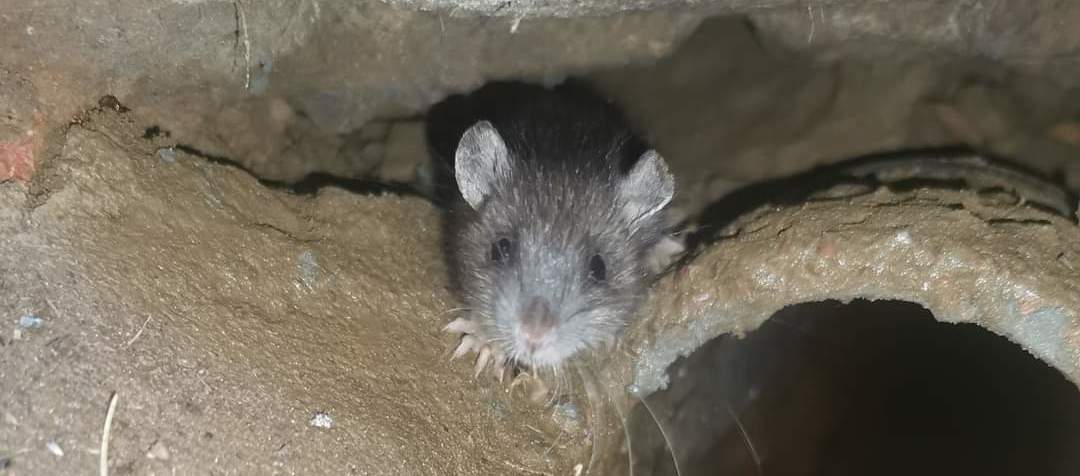How do rats get from the drains into my house?
Posted on 12th October 2022 at 08:14
How do rats get from my drains into my house?
If I had to give you a breakdown based on a percentage of how rats get into houses, easily around 60% of our internal rat infestations stem from a problem with the drainage system somewhere under the house and this is something that we often try to explain to the customer complete with some badly drawn sketches along with stickmen and stick rats, so I have put together this blog as a way of better describing the problem.
Most properties in the UK are connected to the mains drainage system, whether it’s a flat, a detached house or a semi-detached bungalow or a commercial premises, our properties all connect with each under through a labyrinth of hidden pipes underground. This network can be used by rats as a means of travelling from A to B, it is also a source of food for them and any disused or dry sections make ideal nesting sites.
Depending on the age of your property your drainage pipes will range from vitrified clay, concrete, porcelain, plastic, pitch fibre and even cast iron. A quick run down on the different types:
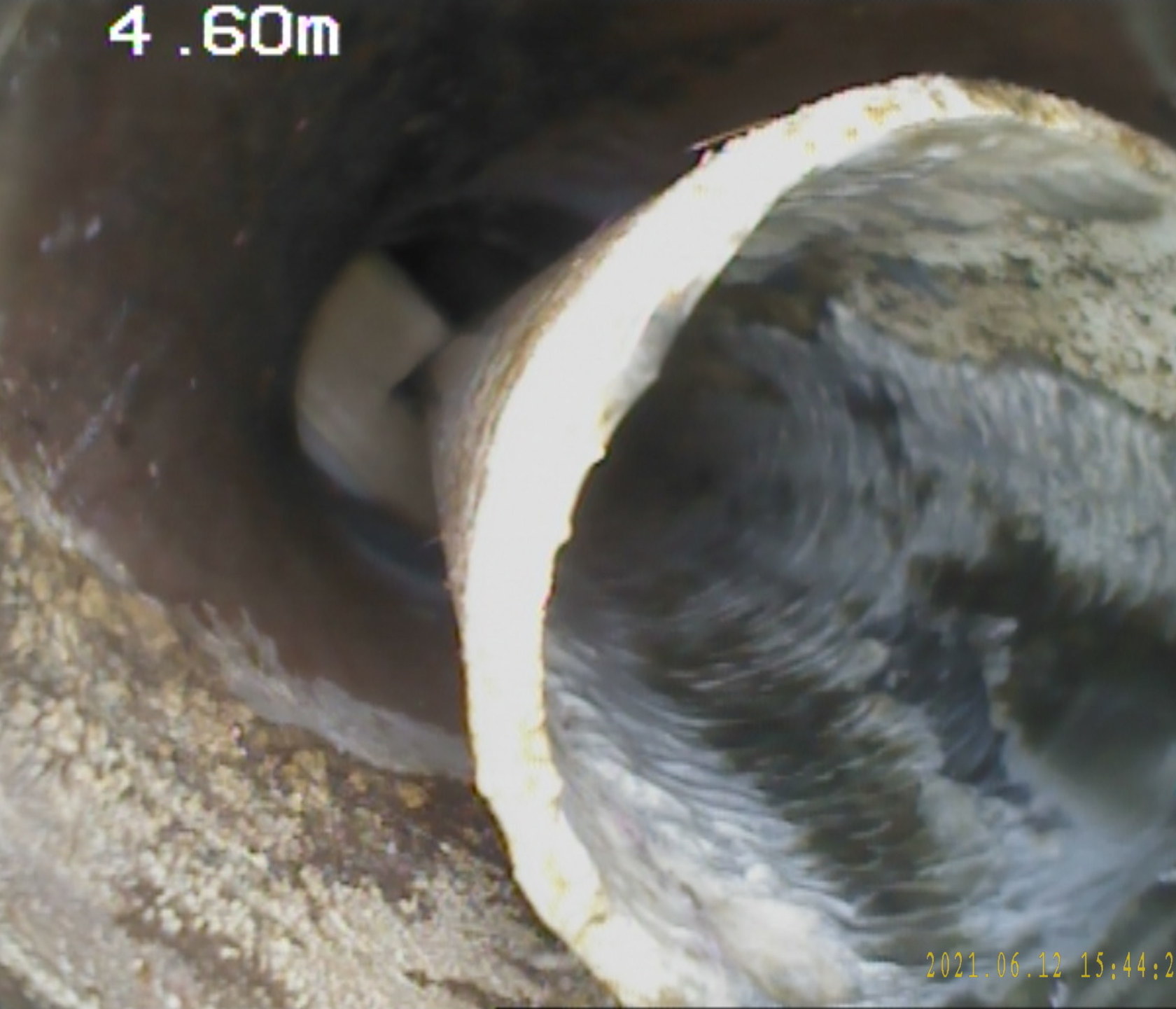
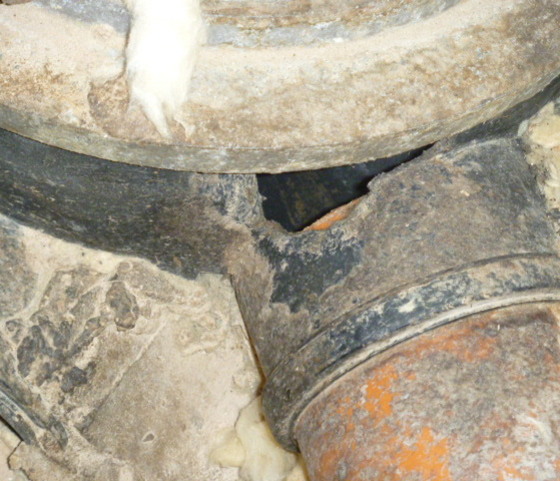
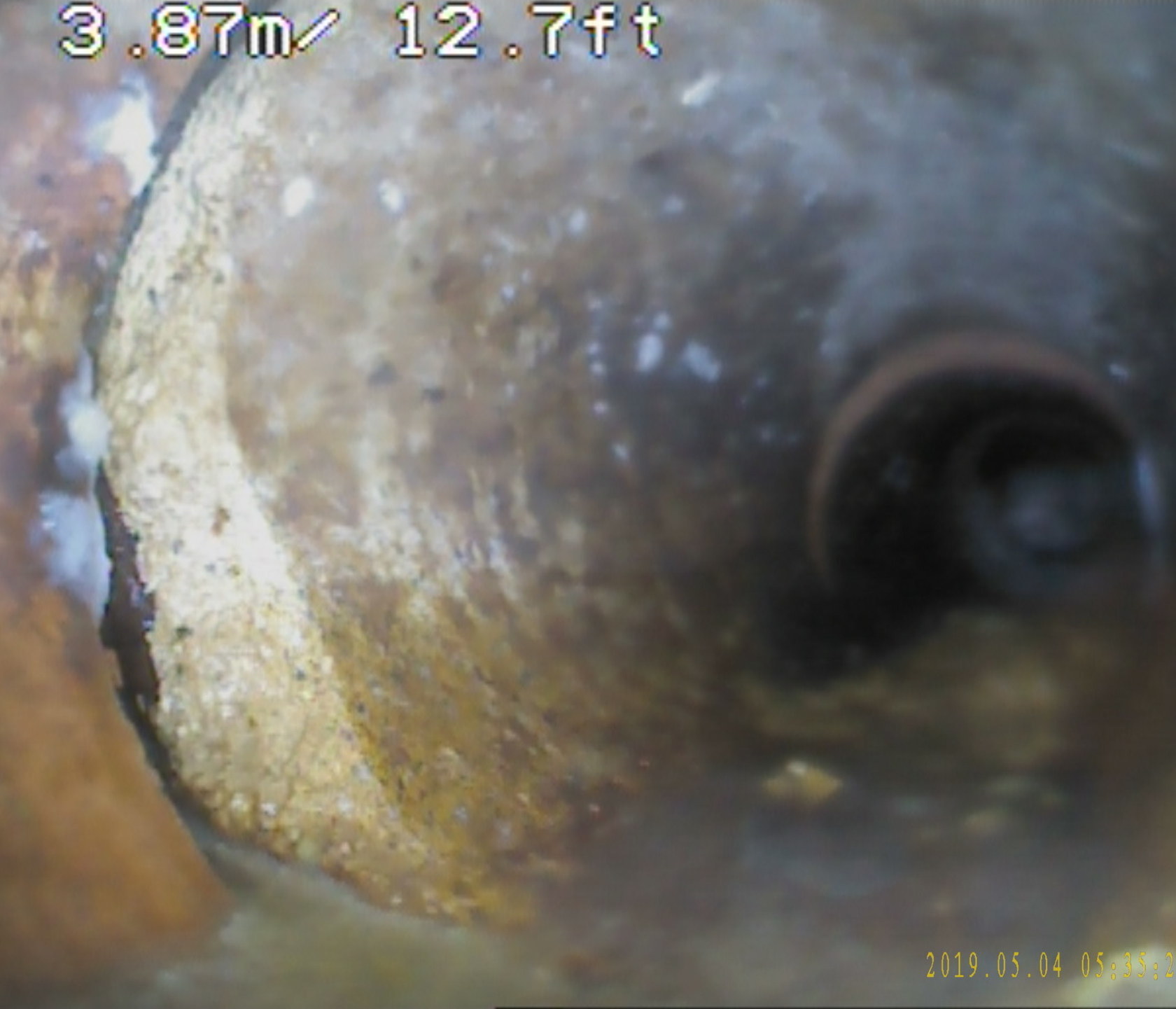
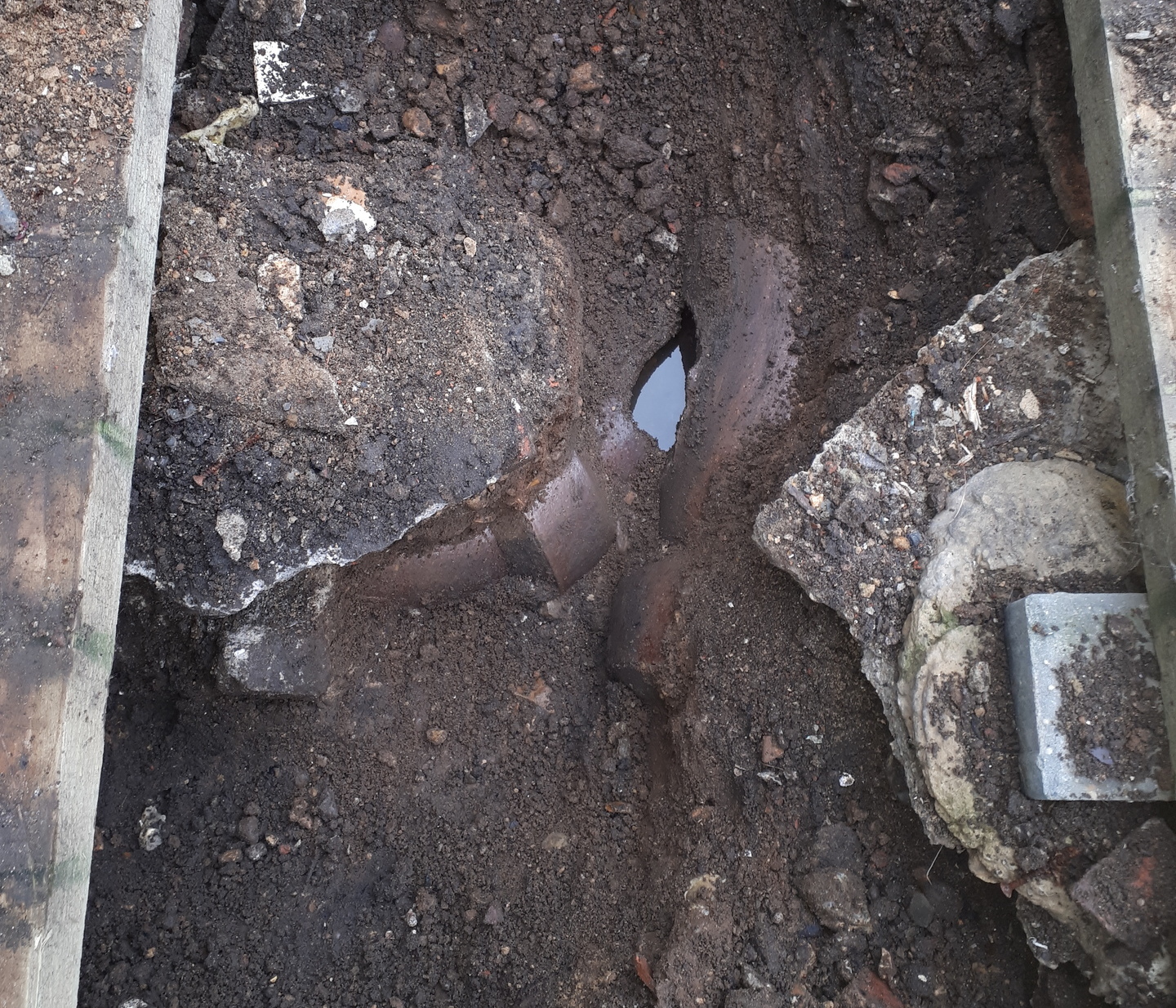
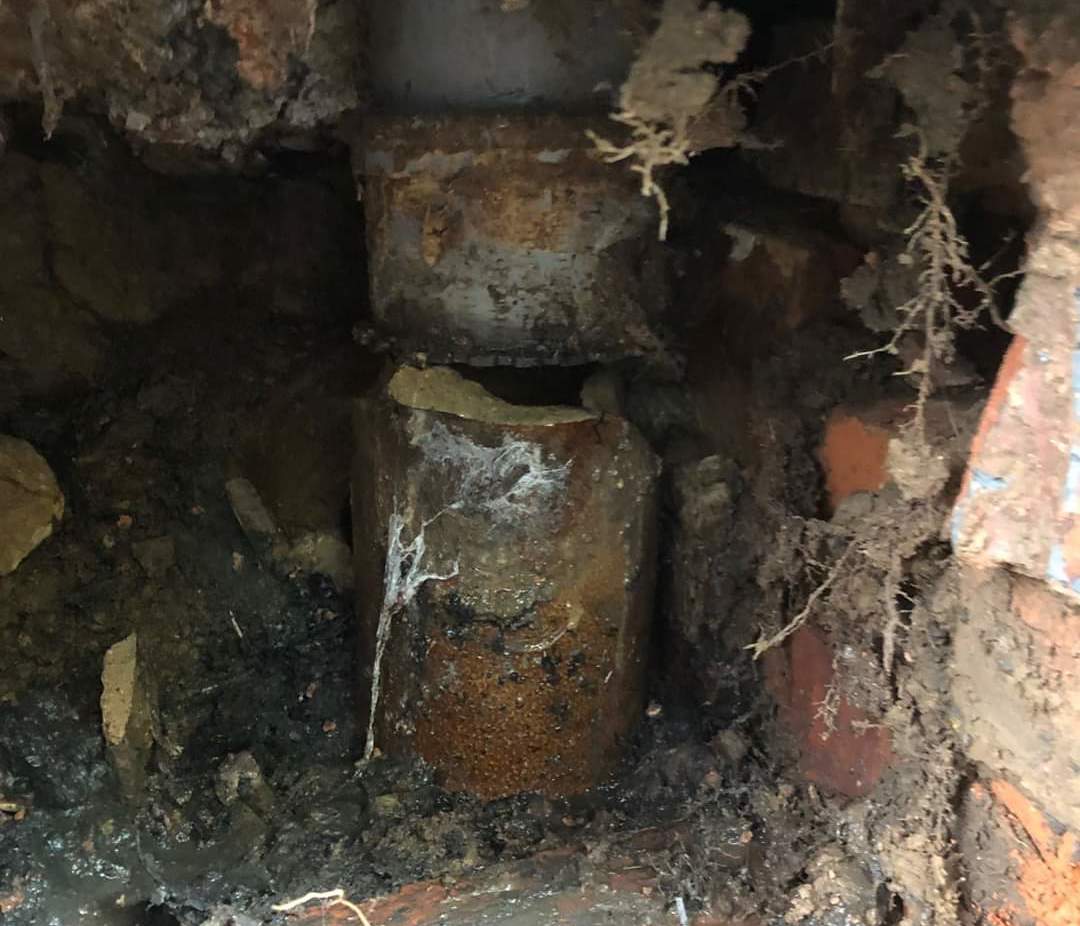
Porcelain
We only see these in and around the central Windsor area, the pipes are a brilliant white and stay largely discoloured whereas the surrounding areas; the walls and benching becomes stained black through age. To me they always look like the bones of a strange animal when looking down into one of the deeper pits.
Vitrified Clay
A really common pipe which we find just around everywhere, these are prone to ingress from tree roots through the couplings and will easily break where there is ground subsidence or movement; Woodley airfield is particularly prone to having these pipes and subsequent problems with rats where the system has started to collapse.
Plastic
Just about every modern building and new extension now uses plastic pipes, and these are incredibly strong so withstand any amount of ground movement. The problem with plastic is that it’s a soft material and rats will gnaw through it easily and most problems arise due to poor installation or where plastic joins to another material.
Pitch Fibre
Maybe it seemed like a good idea to make drainage pipes out of this really soft material at the time but these pipes are prone to collapse, blister and buckle inwards and to top that, they show absolutely no resistance to rats teeth, in use from the late 1950’s to the 1970’s, these pipes are a common problem which we encounter.
Concrete
Usually, we find these on larger developments like blocks of flats and commercial buildings, the most common problem with these is that there are drilled holes in the large cast vertical rings for lifting hooks as the size and weight of the sections requires heavy duty equipment; rats simply leave when these holes aren’t filled.
Cast Iron
The only place that I know that has subterranean cast iron drains is in Winnersh and we have a very active rat problem coming from these drains, usually the vertical stink pipe or service pipe is made form cast iron. These corrode with age and take on a rough inner finish, ideal for rats to climb up and get onto the roof of the property.
How do rats get from the drains into the loft?
Older houses will see the vertical section of the drains, the bit that connects the toilets and kitchens to the underground section, as external metal pipes that are bolted onto the outside of the building. In the 1960’s builders started to move these inside and run them up through a box section and its common to see a small pipe that sticks up out of the roof which acts to balance the air pressure when a toilet is flushed. This is called the service vent pipe or as plumbers refer to it: the stink pipe and you can guess why it’s called that.
If your SVP runs up through the interior of the house, then it must pass through the cavity wall of the property and that place is underground hidden from view. Domestic drains are sat in the ground at a depth range from just a few inches to well over six foot down; your cavity wall runs all the way down to the foundation of the property which could be from 1 metre to 2 metres down.
Because buildings will settle by a few millimetres and there are soil conditions that cause the ground to shrink back on itself and then expand out again, these pipes pass through the walls through an opening that is determined by the lintel size. A lintel is just a cast concrete or steel beam that sits across a top of an opening like a window or door and takes the weight of the bricks above it.
The drainpipe work also sits inside a trench which is floored with small sized pea gravel that allows the pipe to rest; hot water may make the pipe expand and this allows for a degree of movement which is important especially for vitrified clay pipes as they are brittle.
Where a fault exists, often in the inspection pit walls, rats can leave the interior of the pipework and then find themselves on the other side in this old broken ground where the system runs through the cavity wall. Rats are phenomenal diggers and will travel for many metres over a long period of time because their nature is to scavenge and seek out any opportunity.
We often find gravel sat in the base of the drain pipes which is an indication that rats are digging out from the drain; over time this gets washed away further into the system so it may not be obvious and this is why whenever we have an internal rat infestation we look at the drains to see of there is rat activity within. A working knowledge of the areas in which we work sometimes allows us to go straight to the drain and find the fault.


Tagged as: rats
Share this post:





